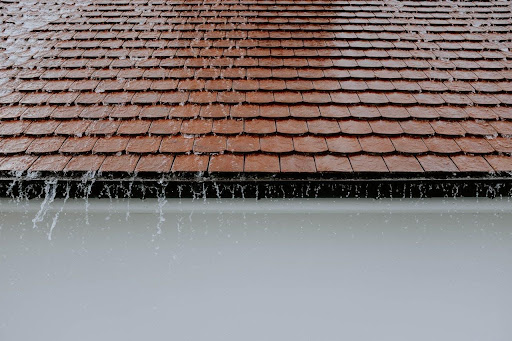A well-maintained roof is the guardian of your home, fending off everything from torrential rain to scorching sun. It’s easy to take that solid barrier overhead for granted until a leak appears or a shingle flies off.
Unfortunately, when it comes to home repairs, roofing is often out of sight, out of mind until it’s too late. To keep your roof in top condition and your home dry, follow these five essential tips for strengthening your roof.
Regular Inspections
Regularly inspecting your roof is a simple yet effective way to keep it strong and safeguard your home. By taking the time to check for missing shingles, cracks, or signs of leaks, you can spot potential issues before they become major problems. Even a quick visual inspection can make a big difference in catching damage early.
After severe weather, it’s especially important to take a closer look at your roof for any signs of wear and tear. Early detection allows for quick, cost-effective repairs, ensuring your roof stays in top shape and continues to protect your home effectively.
Professionals recommend scheduling a thorough inspection at least once a year, with good roofing companies, ideally in the spring or fall. Additionally, after severe weather events, it’s a good idea to have a professional assess your roof.
Cleaning Gutters and Downspouts
Clogged gutters can lead to water backing up onto the roof, causing rotting and leaks. Regular gutter maintenance is a simple step that can save you from major headaches.
Gutter cleaning should be done at least twice a year, and more often if you have overhanging trees or live in an area prone to storms. Use a stable ladder and work with a partner to loosen debris by hand, and then flush the gutters with a hose to clear out finer materials.
Downspouts should extend several feet away from your home’s foundation, so water is directed away from the structure, its integrity, and your safety.
Repairing Leaks Promptly
Identifying the source of a leak is not always straightforward, and sometimes, it’s best to call in a professional. Water that infiltrates your home can cause widespread damage to ceilings, walls, and your personal possessions.
In the event of a minor leak, immediately address any visible damage to your roof by clearing the area and applying a roof sealant. Remember, while this may offer a temporary solution, it’s not a replacement for professional repair.
Trimming Overhanging Branches
While trees provide many aesthetic and environmental benefits, they can pose significant risks to your roof if overhanging branches are not kept in check.
Trim back any branches that come within six feet of the roof to reduce the risk of damage and avoid a potential path for pests. Always hire a professional tree trimmer when dealing with large limbs or branches close to your home.
Regularly inspect nearby tree limbs for signs of weakness or disease. If you notice anything concerning, address the issue promptly to prevent any future hazards to your roof and home.
Ensuring Proper Ventilation
Proper ventilation allows cool, fresh air to enter at the eaves and pushes moist, warm air out through the vents in your roof’s peak.
Check your attic during the day to see if sunlight is coming in from any gaps, and if there’s any question about your attic’s ventilation, consult a professional to assess what’s needed for improvement.
Common signs of poor ventilation include higher energy bills due to an overworked HVAC system, ice dams in the winter, and roof shingles that blister prematurely.
Conclusion
Taking proactive steps to strengthen your roof is essential for safeguarding your home. By following these five tips, you can ensure that your roof remains in top condition, providing the protection your home needs. Regular inspections, quality materials, and proper maintenance are key to preventing small issues from turning into major problems.
Remember, early detection allows for quick, cost-effective repairs, rather than waiting for a problem to progress to the point of needing a costly replacement. By staying vigilant and addressing issues as they arise, you can extend the life of your roof and avoid unnecessary expenses. Protecting your roof is an investment in the safety and longevity of your entire home, giving you peace of mind for years to come.

